Discovering the Story of Hindu Goddess Padmavathi
Introduction:
Goddess Padmavathi, also known as Alamelumanga, is a revered deity in Hindu mythology. Her story is filled with symbolism, devotion, and divine grace. Let’s delve into the enchanting tale of Goddess Padmavathi.
Birth of Padmavathi:
Goddess Padmavathi was born as the daughter of King Akasha Raja of the Paṇḍya dynasty and his wife. Legend has it that she emerged from a lotus flower in a pond called Padma Sarovaram. Hence, she was named Padmavathi, the one who emerged from the lotus.
Marriage to Lord Venkateswara:
According to Hindu mythology, Padmavathi was destined to marry Lord Venkateswara, an incarnation of Lord Vishnu. Their union is considered divine and symbolic of the union between the goddess and the god. The grand wedding ceremony of Lord Venkateswara and Goddess Padmavathi is celebrated with great fervor and devotion in the Tirumala Tirupati temple.
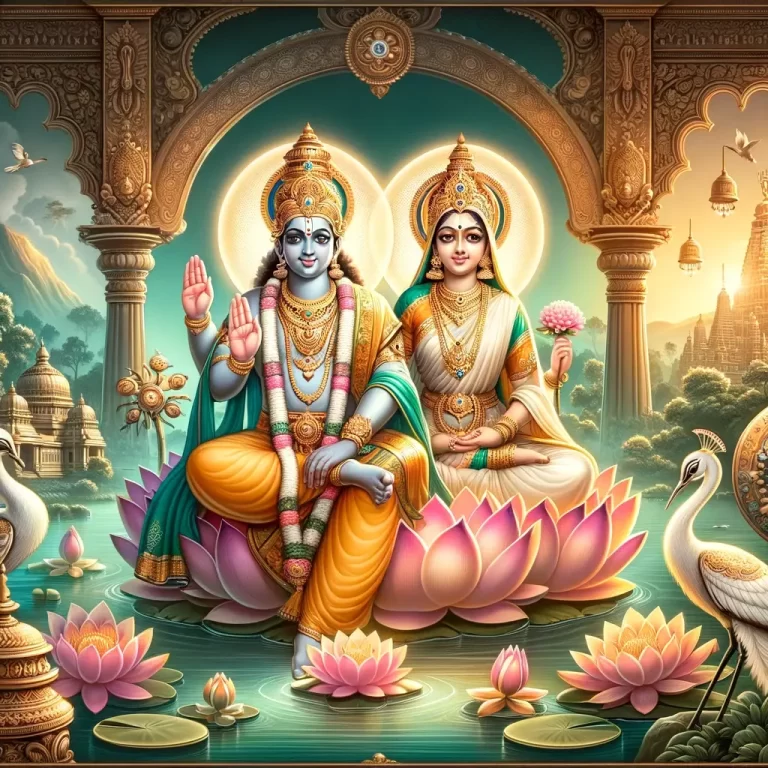
Cultural Significance and Devotion:
Goddess Padmavathi is revered for her virtues of love, purity, and devotion. Her devotees pray to her for marital harmony, prosperity, and well-being. Many temples dedicated to her worship can be found across India, where devotees offer prayers and seek her blessings.
The story of Goddess Padmavathi holds immense cultural significance, especially in the southern regions of India where she is widely worshipped. Her tale is often depicted in classical dance forms, songs, and religious rituals, enriching the cultural tapestry of the land.
Festivals and Celebrations:
Various festivals and celebrations are held in honor of Goddess Padmavathi, with the most prominent being the Padmavathi Ammavari Brahmotsavam held annually in Tiruchanur, Andhra Pradesh. During these festivals, devotees gather to seek the blessings of the goddess and participate in rituals and processions.
Sacred Symbols of Goddess Padmavathi in Hindu Mythology
- Lotus: Symbol of purity and divine grace, reflecting the goddess’s origin from a lotus flower.
- Peacock: Represents beauty, grace, and devotion, echoing the goddess’s majestic nature.
- Parrot: Signifies love, devotion, and communication, serving as a link between the goddess and her devotees.
- Elephant: Symbolizes strength, wisdom, and prosperity, reflecting the blessings bestowed by the goddess.
- Conch Shell: Represents divine sound and purity, signifying the auspiciousness of the goddess’s presence.
- Lotus Garland: Adornment symbolizing the goddess’s purity, beauty, and divine grace.
- Swans: Embody purity and spiritual awakening, reflecting the goddess’s guidance and grace.
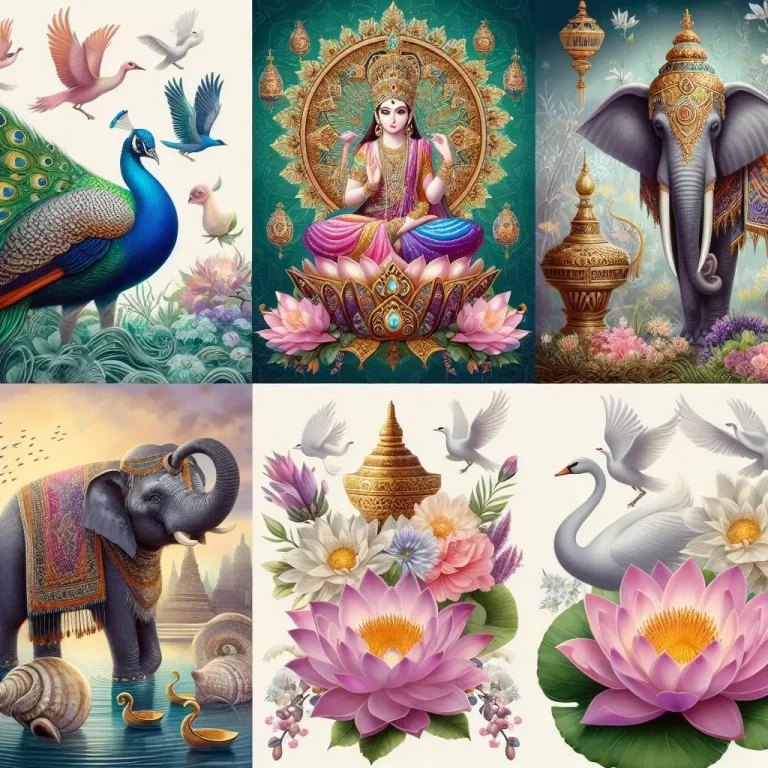
Conclusion:
Goddess Padmavathi’s Story is one of devotion, love, and divine grace. Her significance in Hindu mythology and culture is profound, and her devotees continue to revere her with utmost devotion. Through her tale, one finds inspiration to embody virtues of love, purity, and devotion in their own lives, seeking divine blessings and spiritual fulfillment.

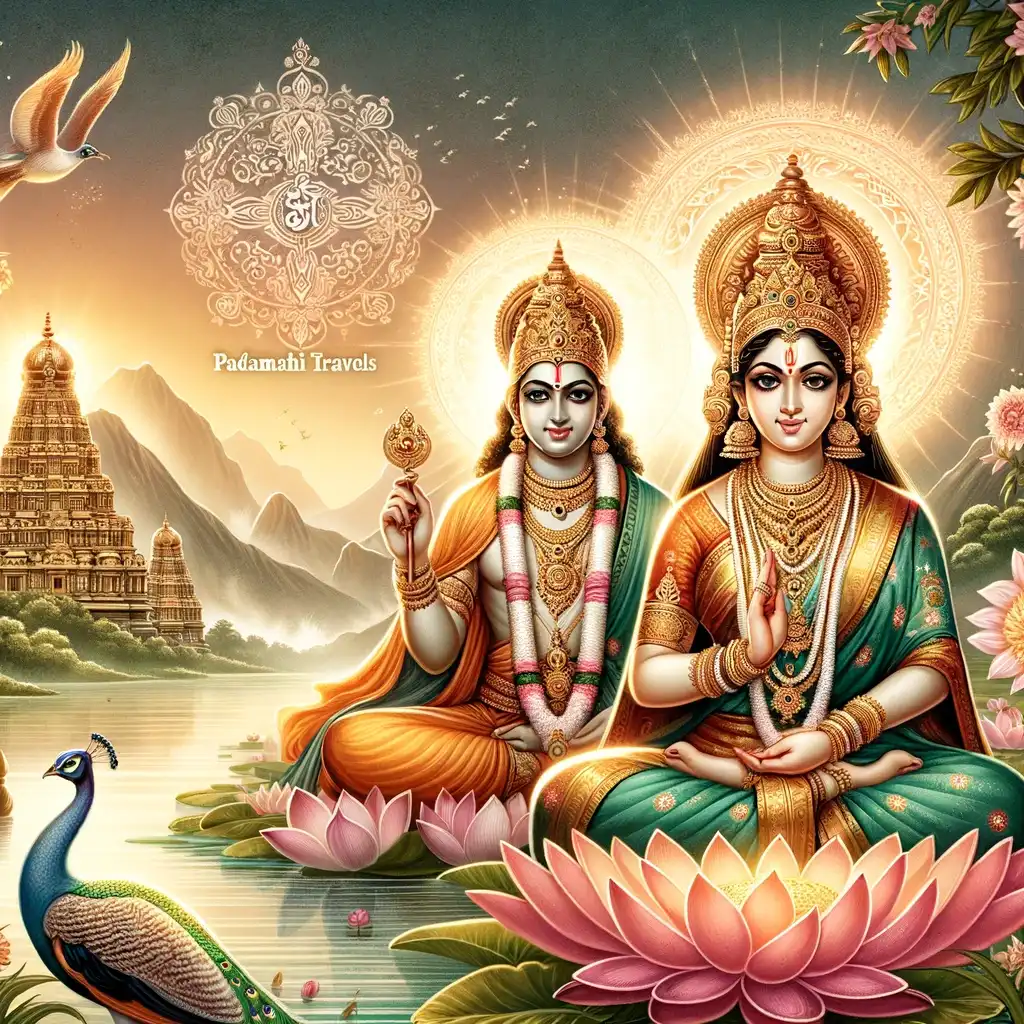


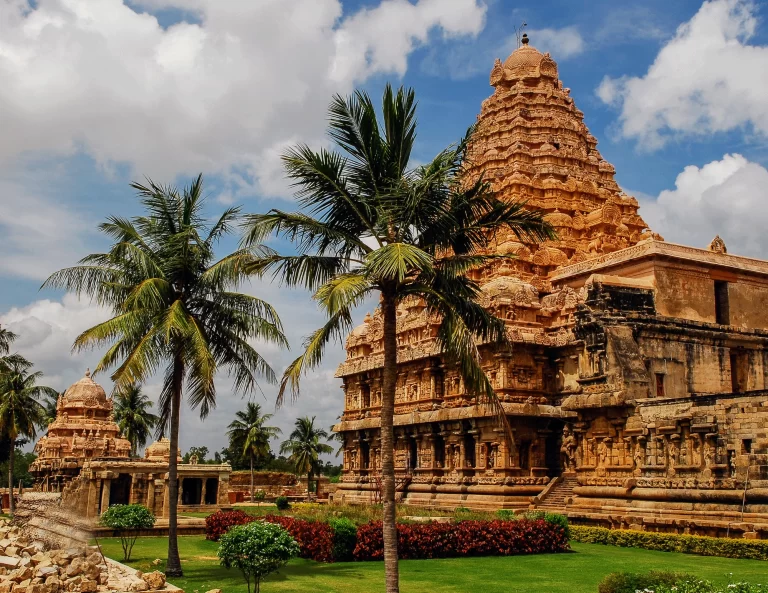

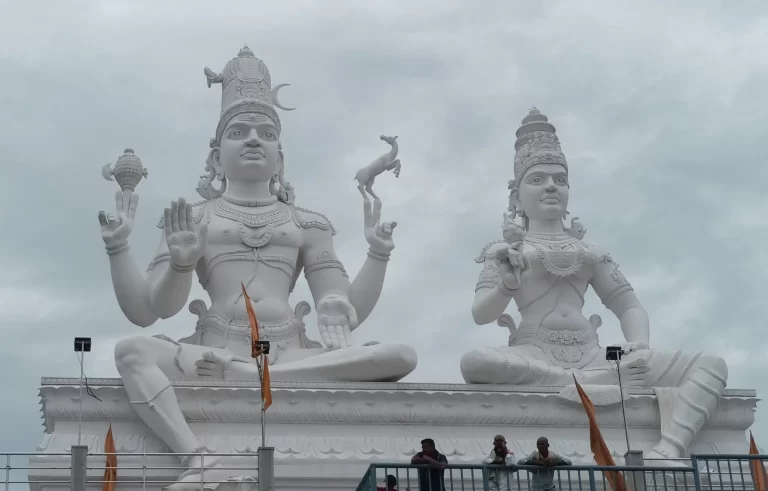
2 Comments